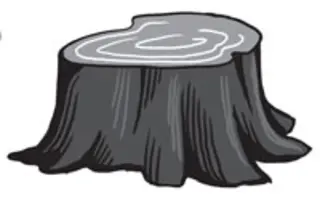Far from the last knock of civilization in the Borneo jungle, I trudge along the Malaysian border with Indonesia. Here, together with two Iban tribesmen and a guide—all of us caked in mud and sweat—I come to a place where the familiar clamor of birds, monkeys, and bugs is being drowned out by the sound of a chain saw. We enter a clearing in which a teenager is hacking a felled tree, sawing it into pieces. Nearby, a backhoe levels a huge swath of land. Soon palms will be planted here, I’m told, and when harvested their oil will be sold on the world market. What I’ve come upon is just one scene in the massive global picture of deforestation. There are thousands and thousands of small operators hacking away at forests to profit from their bounty.
Deforestation is occurring at a rapid pace as the demand for housing and ...















